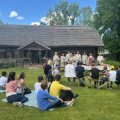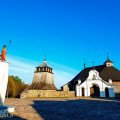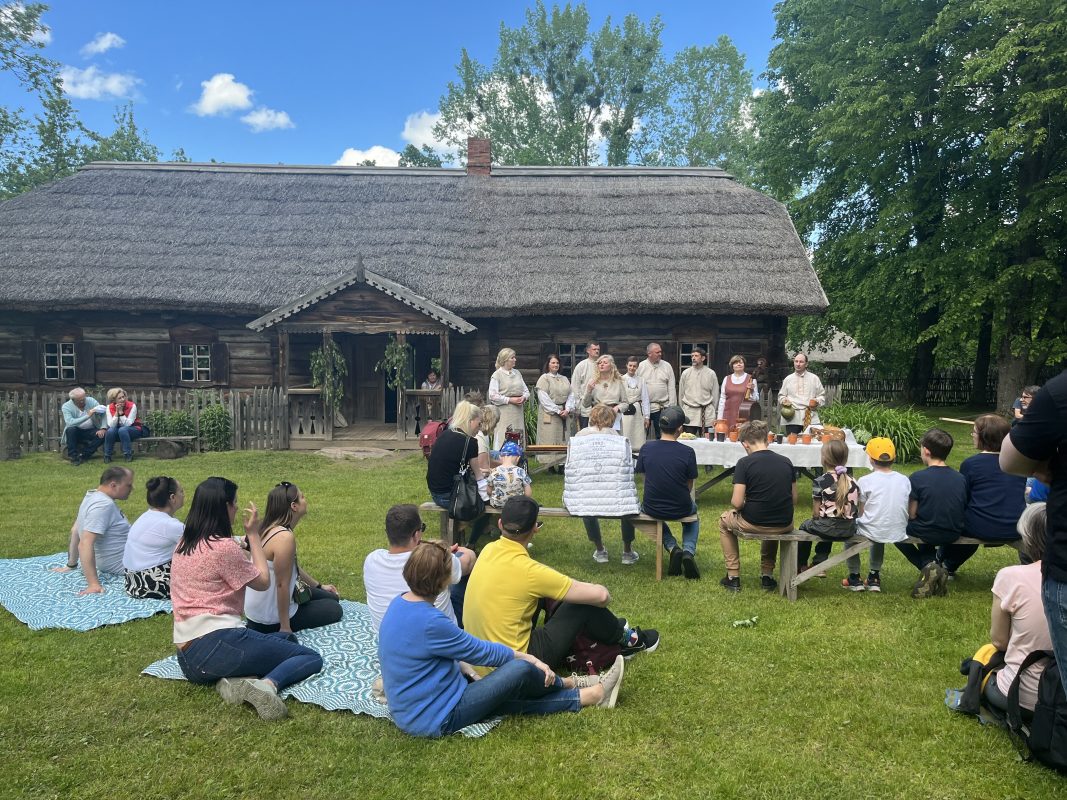Recognized and acclaimed worldwide, this museum is a vibrant space of open skies, cheerful ambiance, and deep traditions - a space for everyone.
The Lithuanian Folk Museum is one of the largest open-air museums in Europe by area (195 hectares) and the number of immovable exhibits. It is the only ethnographic museum in Lithuania, showcasing a scaled-down representation of all Lithuanian ethnographic regions and a town. A separate sector is dedicated to the memory of Lithuanian deportations and resistance: it features a yurt (earth house), a deportation wagon, a partisan hideout (bunker), and monuments. The unique Aristavėlė Manor Palace, a valuable example of wooden Baroque architecture, stands in the museum. The museum's distinction in the European context lies in its demonstration of land cultivation systems and the development of settlements.
Some museum exhibits are active and interactive, allowing visitors to learn, touch, taste, or even smell. The naturally unchanged landscape, along with the diversity of animals and plants, provides an excellent place for learning,
creativity, and relaxation for both young and old. Everyone who visits the museum can find their ancestral home – their parents', grandparents', or great-grandparents' houses.
The Lithuanian Folk Museum is one of the most important cultural tourism destinations in Lithuania. It engages in cultural, educational, and scientific activities. The museum offers over 30 educational programs for visitors of all ages and families. Most of these programs take place in the natural environment of the homesteads, presenting buildings that reveal educational materials and content differently. The museum's events calendar is based on traditional annual cycle customs. The most popular and well-attended festivals include Shrove Tuesday, Easter, St. John's Day, Assumption Day, and the Advent Village. The museum also organizes exhibitions, conferences, and publishes materials. Visitors can enjoy leisure activities according to their interests: participating in quizzes, contests, games, festivals, and competitions. The museum houses a wooden architecture research and training center.






 Entertainment
Entertainment
 Sightseeing
Sightseeing
 Food establishments
Food establishments









































